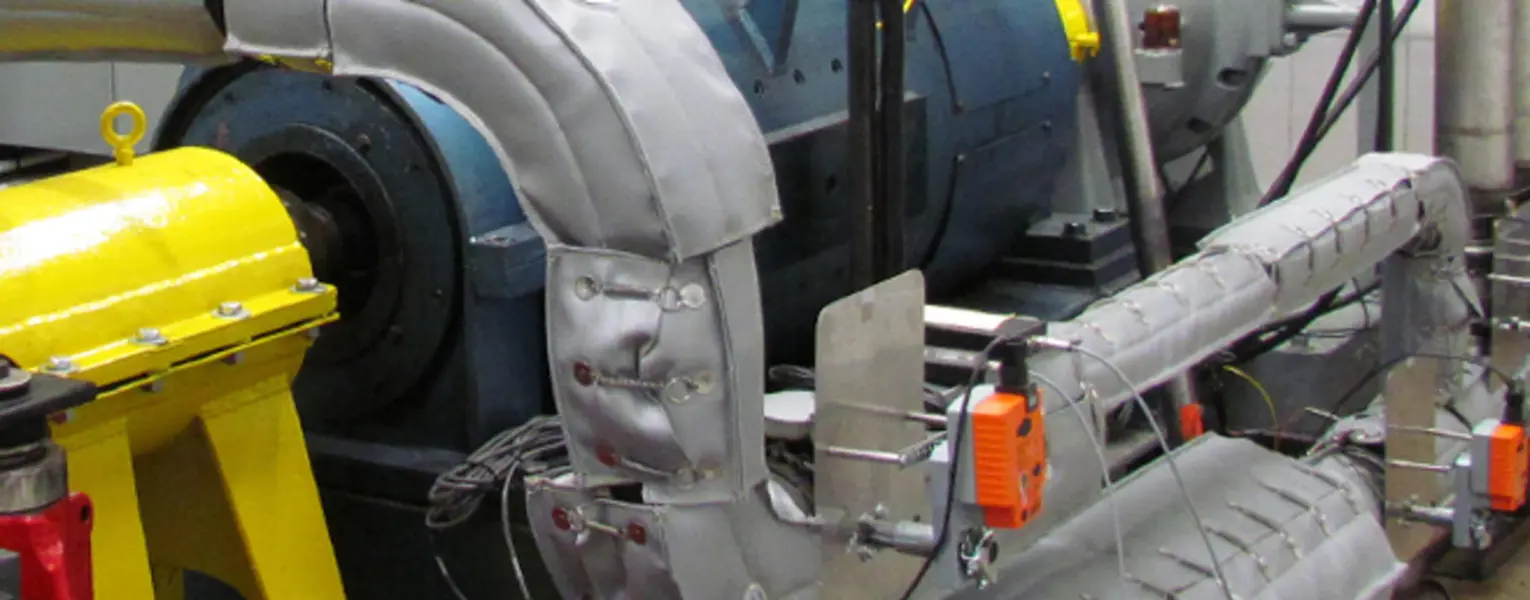PSPD-II Kick-Off to Year 4
SwRI has just kicked-off Year 4 of the Particle Sensor Performance & Durability (PSPD) consortium. Year 4 of PSPD represents Year 2 of PSPD-II. Onboard sensors for onboard diagnostics (OBD) and emissions monitoring is a topic of high interest to regulators and stakeholders. Sensor usage will continue to expand and grow worldwide. Exhaust sensors are viewed as the best available solution to prevent vehicle emissions from exceeding the respective standard while in-use. Besides OBD, spark plug sized exhaust sensors can be used in the future as continuous emission monitors reporting data to the cloud from onboard vehicles, and building an extensive emission database. Such database can be a huge asset to emission inventory stakeholders giving them access to trillions of data points for different localities and regions around the world. With the PSPD consortium, SwRI is helping the industry to develop more durable and accurate sensors that can ultimately be used onboard every mobile and stationary internal combustion engine source.
In Year 1 of PSPD-II, we focused on heavy-duty on-highway engines. In Year 2 of PSPD-II, currently underway, the focus is on modern light-duty applications that include 2018 model year light-duty diesel and gasoline direct injection (GDI) engines. The experimental phase of Year 2 activities is planned for January, 2018.
Six major sensor manufacturers from the USA, Japan and Germany are members in PSPD-II in addition to several engine OEMs. As a part of Year 2 efforts, we will be investigating a total of five spark-plug sized exhaust particle sensor technologies produced by the different manufactures.
PSPD-II Focus
The following four tasks are the focus of Year 2 of PSPD-II:
- Sensor variability and accuracy in the vicinity of OBD threshold for light-duty diesel and below the threshold for GDI engines.
- Sensor cross sensitivity to six specific metallic elements with an accelerated exposure up to 450,000 miles. The chosen elements represent engine intake air intrusion, engine wear, & lube oil ash.
- Fundamental measurement of soot conductivity and electrical charge using multiple engine platforms that include light-duty diesel, GDI, nonroad diesel and a particle generator.
- Soot modeling and experimental validation for best sensor location in engine exhaust for representative measurement.
Membership
The annual membership for any stakeholder desiring to participate in PSPD-II is $45,000. The annual membership fee for stakeholders providing sensors is $75,000. Year 2 membership will remain open for any stakeholder until December 31, 2017. Joining PSPD-II will allow participants to engage with a group of experts in the field of onboard sensing technologies in addition to obtaining valuable experimental data and deep dive analysis at a bargaining price.
To request a copy of the proposal or express interest in participating in PSPD-II, please contact Imad A. Khalek at +1 210 522 2536.

